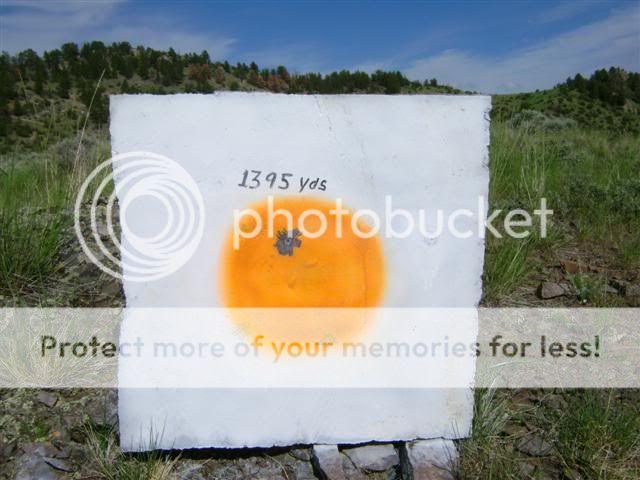Wachsmann
Well-Known Member
Hello,
I have a savage 116 stainless flutted in the 6.5x284 accura trigger accura stock. My question is about my first cold bore shot is slower in volecity and it shoots about 1 to 1.5 inches low. After the first shot, with my reloads its a .5 to .7 inch shooter all the way to 20 plus round durring a shooting secission letting the barrel cool after each shot. I alway was told the first cold bore shot will or should be your best and fastest shot. Could someone explain?
I fell that before I go hunting with this gun i better get the barrel seasoned with one shot down the pipe.
I have a savage 116 stainless flutted in the 6.5x284 accura trigger accura stock. My question is about my first cold bore shot is slower in volecity and it shoots about 1 to 1.5 inches low. After the first shot, with my reloads its a .5 to .7 inch shooter all the way to 20 plus round durring a shooting secission letting the barrel cool after each shot. I alway was told the first cold bore shot will or should be your best and fastest shot. Could someone explain?
I fell that before I go hunting with this gun i better get the barrel seasoned with one shot down the pipe.

